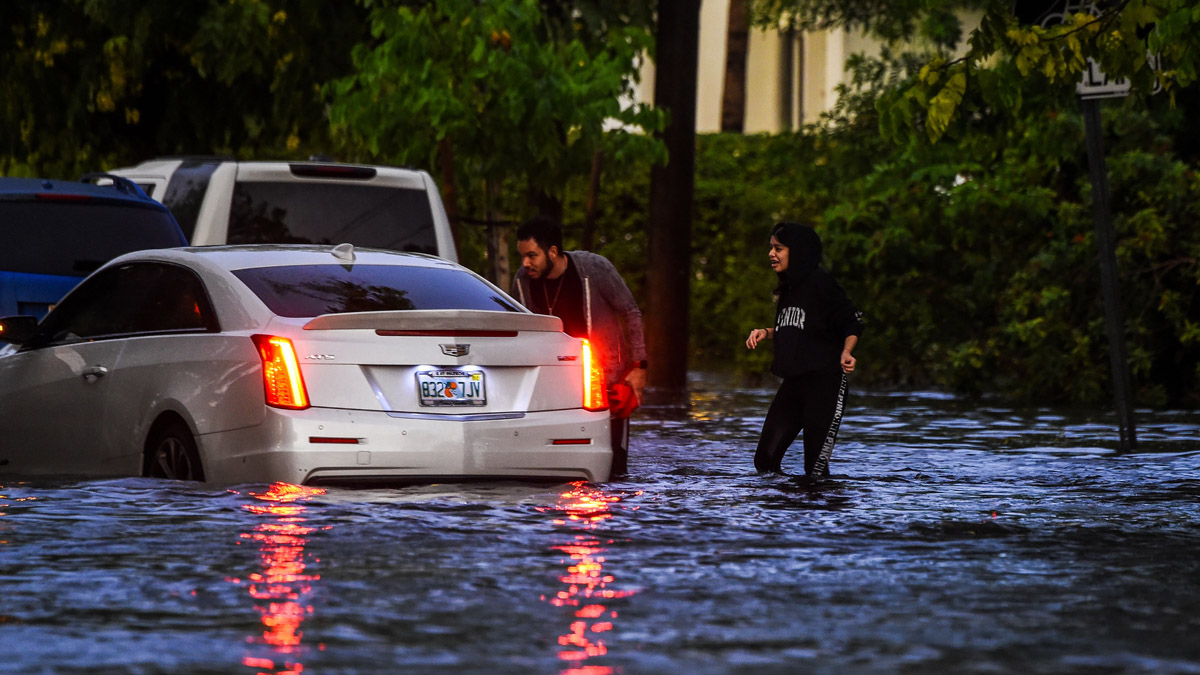Florida is full of formidable creatures: Alligators, pythons, blacktip sharks and other animals known to bite, chomp, attack and chase.
But reptiles and bloodthirsty predators aren’t the only lethal living things in the Sunshine State.
A tree can be just as deadly.
The Manchineel tree, found in the Florida Everglades and parts of the Caribbean coast, was dubbed the most dangerous tree in the world by "The Guinness Book of World Records" in 2011.
The Hurricane season is on. Our meteorologists are ready. Sign up for the NBC 6 Weather newsletter to get the latest forecast in your inbox.
Interest in the tree was reignited when the Weather Channel posted about it on their Instagram account this week.
On the surface, the Manchineel seems harmless: A green, leafy tree bearing fruits that resemble green apples.
But don't be fooled: Everything from the bark, sap and fruit can be incredibly dangerous to humans.
“Even standing under it in the rain is enough to cause blistering if the skin is wetted by raindrops containing any sap,” Guinness World Records says. “In addition, a single bite of its small green apple-like fruit causes blistering and severe pain, and can prove fatal.”
Colloquially known as the “beach apple” tree, the Manchineel — botanical name Hippomane mancinella — can cause severe medical problems. The milky sap can cause blistering, burns and inflammation when in contact with the skin, according to the National Institutes of Health.
“All parts of this tree including the fruit is poisonous,” the University of Florida said in a blog post highlighting the tree. “The medical symptoms include: contact dermatitis, blistering of the skin, conjunctivitis with blindness for up to 3 days, and severe gastrointestinal symptoms if ingested.”
Not only that, but use the wood of the Manchineel tree to make a fire, and the bark will indeed be bigger than the bite.
“If one of these deadly trees is burned, the resulting smoke can cause blindness if it reaches a person's eyes,” Guinness World Records says.
The lethal effect of the tree’s sap and fruit has been known for centuries.
In 1521, Juan de Leon was struck by an arrow laced with the sap during a battle with the Spaniards, according to UF.
The Conquistadors thereafter referred to the tree as “manzanilla de la muerta,” or “little apple of death.”



